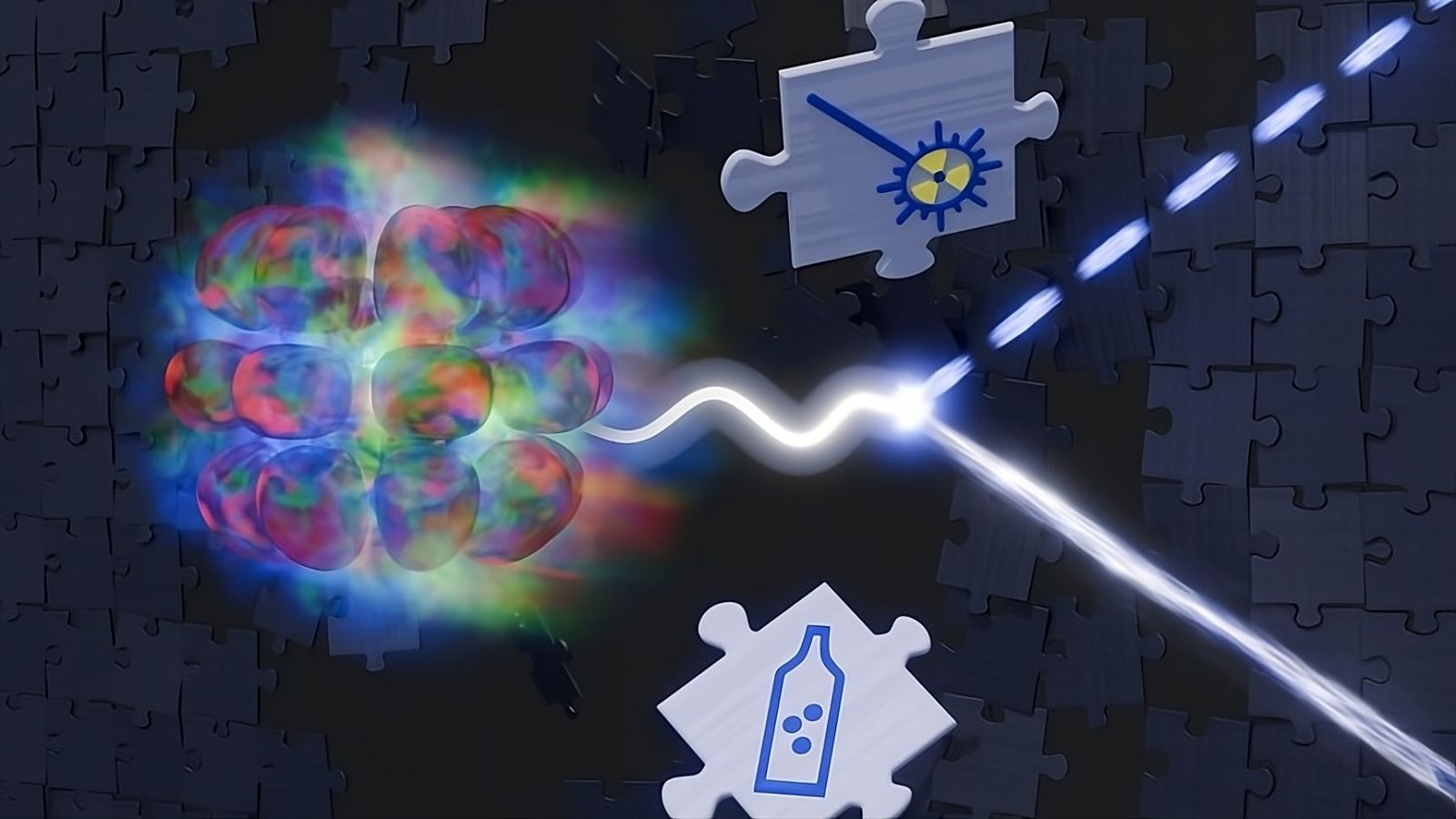What is the unknown physics hidden in the varying lifetime of neutrons? ⏱️
Published by Cédric,
Article author: Cédric DEPOND
Source: Physical Review D
Other Languages: FR, DE, ES, PT
Article author: Cédric DEPOND
Source: Physical Review D
Other Languages: FR, DE, ES, PT
Follow us on Google News (click on ☆)
Neutrons, key elements of matter, disintegrate on average after fifteen minutes. However, physicists observe different lifetimes depending on the measurement method.

The neutron is a fundamental particle found in the nucleus of atoms, alongside protons. Unlike protons, it carries no electric charge, enabling it to stabilize the nucleus by helping to keep the protons together despite their natural tendency to repel one another. Essential for the stability of matter, the neutron is stable inside the atomic nucleus but becomes unstable once it leaves, quickly decaying and releasing energy.
A "free" neutron decays into an electron, a proton, and an antineutrino. But measurements diverge: in a beam, its lifetime reaches about 880 seconds (14 minutes and 40 seconds), while in a magnetic "bottle," it is closer to 887 seconds (14 minutes and 47 seconds). This disparity remains unexplained to this day.
The Technical University of Vienna proposes a bold hypothesis: excited states of the neutron could explain this phenomenon. These states would involve additional energy, influencing their stability.
According to Benjamin Koch and Felix Hummel, some neutrons are in excited states as soon as they are freed, extending their lifetime. Others, in their ground state, would decay more quickly. This hypothesis could finally clarify the observed differences in duration.
To illustrate, we can draw a simple analogy: that of a bubble bath. In a bath, adding energy creates foam. The foam forms on the surface, composed of thousands of bubbles of varying sizes. Over time, these bubbles burst one by one, gradually reducing the amount of foam until it disappears completely.
Similarly, neutrons might exist in different states, each with a distinct lifetime. Some "excited states" would be like bubbles that persist a little longer, while others, more unstable, would collapse quickly, like the first bubbles to disappear. This variability of states would thus explain the observed differences in neutron lifetimes.
The challenge for future research is to verify whether these excited states indeed exist. Experiments will aim to observe the lifetime of neutrons in a potential excited state, which seems to vary from 5 milliseconds to 300 seconds.
Researchers are working with international teams to validate this model, including those from the Institute of Atomic Physics in Vienna. This collaboration could upend our understanding of subatomic particles.